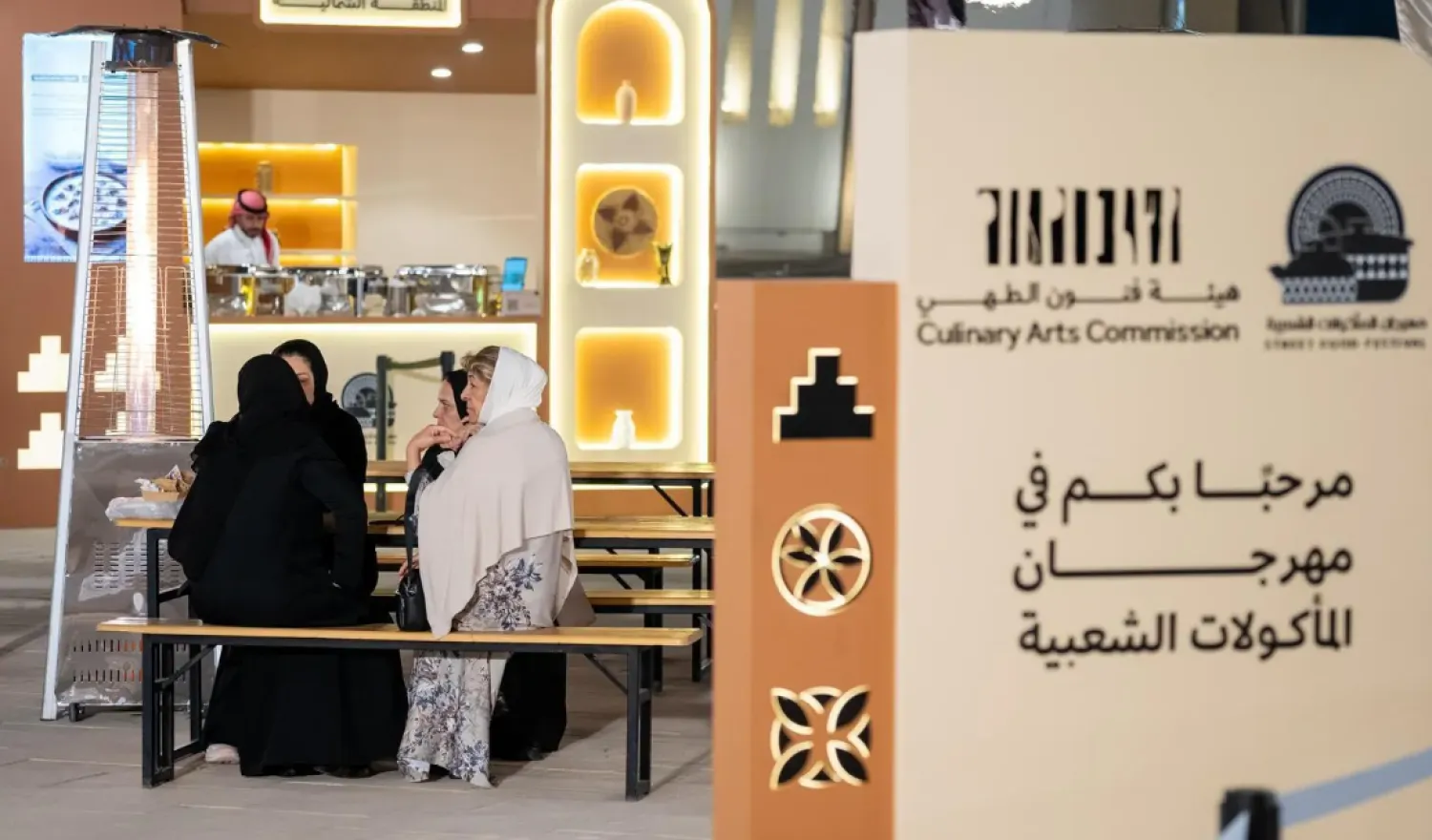A man who holds more Guinness World Records than anyone set a new record Tuesday for slicing the most watermelons in half on his stomach in 60 seconds.
Ashrita Furman, with people surrounding him to assist in passing watermelons onto his stomach, sliced through 26 of them in just one minute, which broke the record by at least six, Reuters reported.
“It went really well,” said Furman. “My first reaction is I’m relieved that I didn’t kill myself, and the second is I’m exhilarated because it not only is a skillful record, but also it’s something that I invented and now it’s out there and other people can challenge it.”
Furman had previously set a record for slicing melons on a friend’s stomach, but this time decided to take all the risk upon himself.
“They came up with the rules and said I had to [slice] at least 20 watermelons, which I thought was actually a little high — because I thought 15 would be safe, but 20 was pushing it a little — and fortunately we had a good team and everything worked well.”
Acknowledging the obvious element of danger involved in swinging a very sharp sword in the direction of one’s own stomach, Furman said controlling the danger involved a combination of proper aim and just the right level of strength.
“As it went along I [had] to sort of regulate how hard I hit blade, and so doing that but trying to be very conscious of where the blade was and I noticed at one or two points it was getting very close to my arms, so I had to make an adjustment,” said Furman.
There were also a couple points where I didn’t go all the way through the watermelon,” said Furman. “So I had to start using a little more strength to cut through.”
Furman believes he has been recorded into the Guinness World Records book at least 750 times, he told Reuters.
Furthermore, the discarded pieces of melon are being donated to a local restaurant to make special juice drinks.









